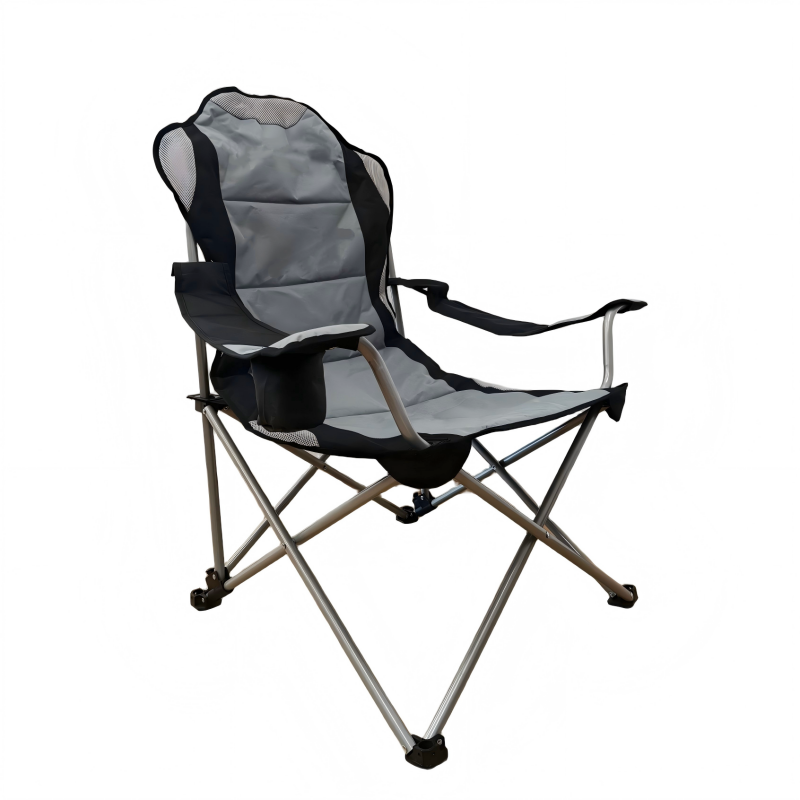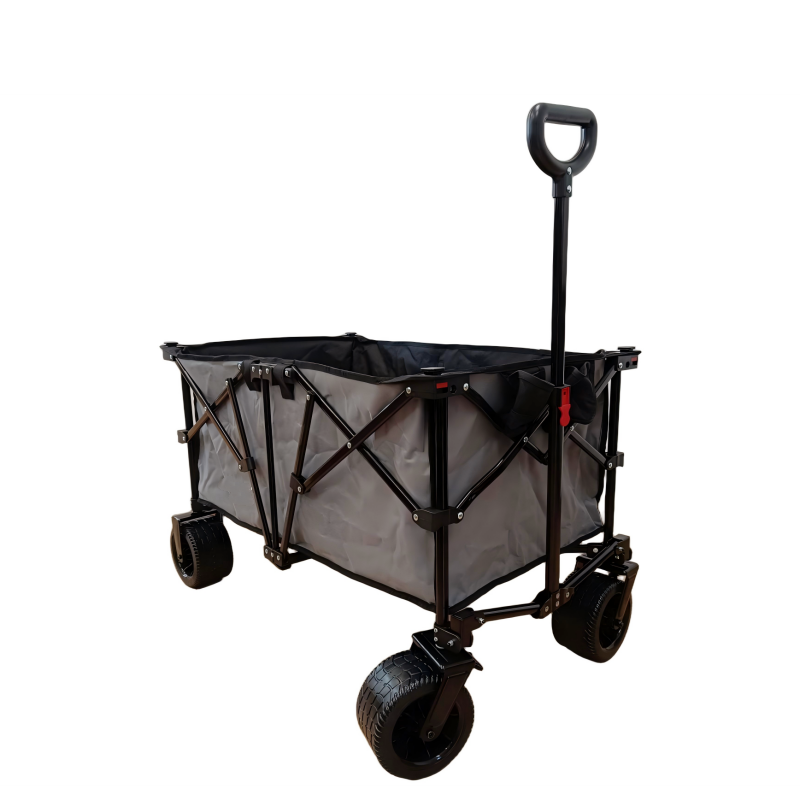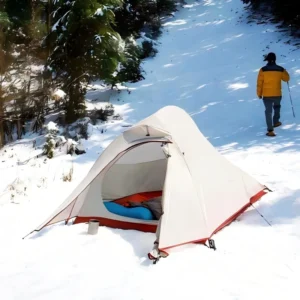The outdoor gear industry is undergoing a major transformation, driven by consumer demand for portability, performance and convenience. Lightweight camping gear is at the heart of this shift, catering to both seasoned adventurers and casual outdoor enthusiasts. For any serious camping gear manufacturer or dealer, understanding the trend toward lightweight solutions—especially items like lightweight camping chairs, tents and cookware—is crucial to meeting market expectations and staying ahead in a competitive space.
Why Lightweight Gear Is Dominating the Outdoor Market
Modern consumers are prioritizing mobility and minimalism in their outdoor adventures. From solo backpacking trips to car camping weekends, the market has moved beyond bulky, heavy-duty gear toward lighter alternatives without sacrificing performance.
Key Drivers of the Trend:
- Growth of Ultralight Backpacking: According to Statista, the global backpacking equipment market is projected to exceed $7.5 billion by 2026, with ultralight gear growing at over 6% compound annual growth rate.
- Younger Demographics: Millennials and Gen Z campers prefer gear that’s easier to transport, especially for short-term or spontaneous trips.
- Digital Influence: Social media and outdoor influencers highlight minimalist setups, amplifying demand for lightweight gear.
- Material Advancements: Innovative materials like Dyneema®, aluminum alloys, and ripstop nylon have made it easier to produce ultra-lightweight gear that remains durable.
Product Spotlight: Lightweight Camping Chairs
Among lightweight gear categories, the lightweight camping chair is a standout. Once considered a luxury item, it’s now essential for outdoor comfort.
Weight Comparison Table – Lightweight Camping Chairs vs. Traditional
| Product Type | Average Weight | Pack Size (cm) | Load Capacity | Target Use Case |
|---|---|---|---|---|
| Ultralight Camping Chair | 0.9–1.2 kg | 35x10x10 | 100–150 kg | Backpacking, minimalist camping |
| Standard Folding Chair | 2.5–3.5 kg | 50x15x15 | 100–200 kg | Car camping, festivals |
| Heavy-Duty Lounge Chair | 5–8 kg | 70x20x20 | 200–250 kg | Glamping, RV or long-term use |
Manufacturers like Helinox and REI have set industry benchmarks in this space. However, many emerging camping chair manufacturers and OEMs are capitalizing on the trend by offering high-volume, customized options to global retailers.
Opportunities for Camping Gear Manufacturers
As outdoor activities continue to gain traction globally, camping gear manufacturers have significant opportunities to meet demand. Here’s where innovation and strategy play a key role.
1. Material Sourcing & Integration
Manufacturers must explore modern, lightweight materials such as:
- 7075 aluminum alloy: Strong yet lightweight, perfect for chair frames and poles.
- Ripstop nylon or polyester: Durable, abrasion-resistant, and quick-drying.
- Dyneema® composites: 15x stronger than steel by weight; ideal for tents and backpacks.
2. OEM/ODM Customization
Retailers and brands seek exclusive designs with private labeling. Offering full OEM/ODM support—from color selection and logo printing to packaging—is a key differentiator in the market.
3. Sustainability Integration
Eco-conscious consumers prefer gear made with recycled or biodegradable materials. Lightweight gear uses fewer raw materials, aligning well with green manufacturing trends.
Market Comparison: Traditional vs. Lightweight Gear
| Category | Traditional Gear | Lightweight Gear |
|---|---|---|
| Material | Steel frames, Oxford, canvas | Aluminum alloy, Dyneema, nylon |
| Weight | 4–12 kg per item | 0.5–2 kg per item |
| Portability | Limited | High |
| Target Users | RV campers, glampers | Backpackers, hikers, weekenders |
| Price Range | $50–$200 | $70–$300 |
| Market Trend | Stable | Rapidly growing |
The pivot toward lightweight doesn’t mean compromising durability or comfort. For manufacturers, striking the right balance is key—especially when building OEM partnerships that cater to specific retail market needs.
What Retailers and Distributors Are Looking For
B2B buyers—especially importers and wholesalers—are searching for:
- Lightweight gear lines that offer both premium and budget tiers
- Scalable production capacity with reliable lead times
- Product compliance with certifications like ISO, REACH, and BSCI
- Custom branding and packaging flexibility
- Logistics support, including drop shipping or bulk container loading
This creates ideal entry points for a forward-thinking camping gear manufacturer that can serve both established brands and emerging outdoor startups.
Recent Trends in Lightweight Camping Gear (2024–2025)
- Modular Designs – Interchangeable parts across gear types (e.g., chair frames and table tops).
- Compact Tech Integration – Gear with power banks, solar panels, or RFID tags for inventory.
- Multi-Use Gear – Chairs that turn into hammocks or stools, or cooking kits that double as storage.
- Color & Style Personalization – Colorful, urban-inspired styles gaining popularity among younger buyers.
These trends are not only consumer-driven—they’re shaping how camping gear manufacturers prototype, source, and produce in 2025 and beyond.
Conclusion
The surge in demand for lightweight camping gear represents more than a passing trend—it’s a fundamental shift in how consumers engage with the outdoors. For any camping gear manufacturer, now is the time to innovate, optimize supply chains, and embrace materials and designs that align with this evolving market. From lightweight camping chairs to ultralight shelters and gear sets, the future of outdoor equipment lies in minimalism, functionality, and intelligent design.
By understanding market data, consumer preferences, and the product lifecycle, manufacturers can position themselves as strategic partners to global retailers and brands seeking efficient, scalable solutions. The lightweight revolution in camping gear is well underway—are you ready to lead it?





